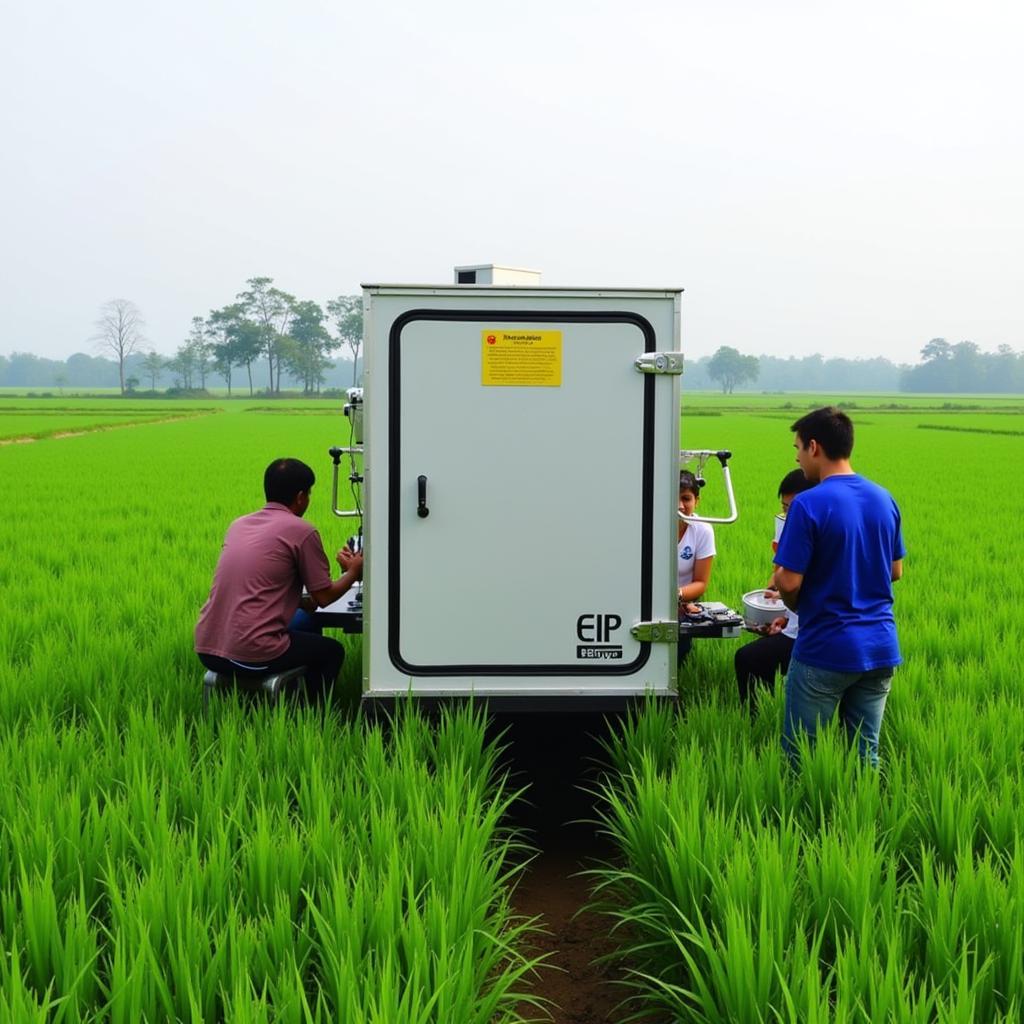The ASEAN Guidelines for Quantification Chamber (2014) play a crucial role in harmonizing environmental monitoring efforts across Southeast Asia. These guidelines provide a standardized framework for using quantification chambers to accurately measure greenhouse gas (GHG) emissions, particularly methane (CH4) and nitrous oxide (N2O), from various sources. This article delves into the significance, methodologies, and implications of these guidelines for environmental management in the ASEAN region.
Importance of Standardized GHG Quantification
Accurate and reliable measurement of GHG emissions is paramount for effective climate change mitigation strategies. Quantification chambers offer a controlled environment to measure gas fluxes from specific sources, contributing to national inventories and supporting the implementation of climate action plans.
The ASEAN Guidelines for Quantification Chamber (2014) address the need for standardized methodologies to ensure data comparability across different countries and sectors within the region. By establishing common protocols for chamber deployment, gas sampling and analysis, the guidelines enhance the credibility and transparency of GHG emission data.
Key Features of the ASEAN Guidelines
The ASEAN Guidelines for Quantification Chamber (2014) outline a comprehensive approach to chamber-based GHG quantification, covering aspects such as:
-
Chamber Design and Materials: The guidelines provide specifications for chamber dimensions, materials, and construction to minimize gas leakage and ensure representative sampling.
-
Deployment and Sampling Procedures: Detailed protocols are outlined for chamber placement, sealing techniques, and gas sampling frequency to minimize disturbances and maintain sample integrity.
-
Gas Analysis Methods: The guidelines recommend appropriate analytical techniques, such as gas chromatography, for accurate measurement of CH4 and N2O concentrations.
-
Data Analysis and Reporting: Standardized procedures for data processing, uncertainty analysis, and reporting are provided to ensure data quality and comparability.
 ASEAN Quantification Chamber Deployment
ASEAN Quantification Chamber Deployment
Applications of Quantification Chamber Measurements
The ASEAN Guidelines for Quantification Chamber (2014) find applications in quantifying GHG emissions from various sources, including:
-
Agriculture: Measuring methane and nitrous oxide emissions from rice paddies, livestock manure management, and fertilizer application.
-
Waste Management: Assessing methane emissions from landfills and wastewater treatment plants.
-
Energy Sector: Quantifying fugitive emissions from oil and gas production and distribution systems.
Benefits of Implementing the ASEAN Guidelines
The adoption and implementation of the ASEAN Guidelines for Quantification Chamber (2014) offer numerous benefits, including:
-
Enhanced Data Accuracy and Reliability: Standardized methodologies improve data quality, reducing uncertainties and increasing confidence in emission estimates.
-
Improved Regional Cooperation: Common protocols facilitate data sharing and collaboration among ASEAN member states, fostering regional efforts to address climate change.
-
Support for Climate Change Policy: Accurate emission data informs policy development, enabling targeted mitigation measures and effective monitoring of their impact.
-
Access to Carbon Financing: Compliance with internationally recognized standards enhances access to carbon finance mechanisms, supporting sustainable development initiatives.
Conclusion
The ASEAN Guidelines for Quantification Chamber (2014) represent a significant step towards harmonizing GHG quantification methodologies in Southeast Asia. By adopting these guidelines, ASEAN member states demonstrate their commitment to accurate emission monitoring, fostering informed decision-making, and advancing regional cooperation in addressing climate change.
The implementation of these guidelines is crucial for strengthening national GHG inventories, supporting the implementation of the Paris Agreement, and contributing to a more sustainable future for the ASEAN region.
